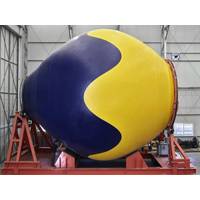
CorPower Ocean Delivers First Commercial-scale Composite WEC H
core material. This approach brings a raft of benefits including high strength, durability and impact resistance combined with light weight and buoyancy performance properties, which can withstand fatigue, slamming and impact loads. Other important features include excellent adhesion strength and chemical resistance with low water absorption.”The hull construction has been carried out in conjunction with dry-testing of CorPower Ocean’s PTO (Power Take Off) system, using the world’s largest wave energy test rig.In its entirety, the composite hull development work cell consists of a fully
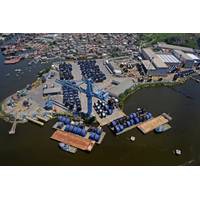
Baker Hughes Flexible Pipe: Reinventing the Familiar for Subsea Production
other basins as viable production sites.Flexible advantagesOf course, flexible piping is not exclusive to Brazil. Its widespread deployment is down to the many advantages it offers to so many operators. With concentric and unbonded layers, each of which contributes to the mechanical strength and chemical resistance needed to withstand deep-water conditions, flexible pipes were designed to ensure collapse resistance, internal pressure capacity, bending stiffness and axial-load capacity – among numerous other advantages to deep-water operations.In addition, this unique design gave operators several
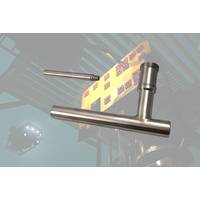
Submersible Linear Position Sensors for Offshore Drilling
NewTek Sensor Solutions offers new, custom designs of Submersible Linear Position Sensors constructed of special alloys with chemical resistance to water in depths exceeding 15,000 ft or more and with external pressures up to 20,000psi. NewTek Subsea and Marine Sensor designs are used for measuring the strain on mooring chains that keep ships or platforms stationary and monitoring structural movement and elongation of pipelines, derricks and structural components of an oil platform to a fraction of a microstrain. Position measurements ensure the drilling platform doesn’t shift to more than
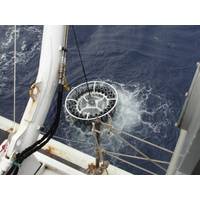
Case Study: Cables in Underwater Missions
in promoting synthetic strength member components as part of cable solutions instead of steel, providing the benefits of high temperature resistance, high strength to weight ratio, excellent cut resistance, low electrical conductivity and low interference properties, low stretch and good chemical resistance
Sherwin-Williams Debuts Versatile Polysiloxane Coating
finish to bridges, water tanks, structural steel, and many other steel surfaces in just two coats, reducing total operational costs for a better bottom line. The glossy, smooth finish of Sher-Loxane 800 offers exceptional long-term color and gloss retention, as well as excellent corrosion and chemical resistance that rivals that of conventional three-coat systems. It also features excellent adhesion properties and high abrasion resistance. Whether applied as a single coat or in combination with a primer, Sher-Loxane 800 eliminates one step of the coating system, saving applicators both time and

LVDT Linear Position Sensors Survive Operation Underwater
environments, LVDT Linear Position Sensors must be housed in special alloys that support long-term operation in different elements. As a housing and core made from stainless steel will not survive well in many underwater applications, the LVDT casing must be composed of an alloy that provides chemical resistance to seawater and other corrosive acids to provide long-term reliable operations for many years. Reliability is of critically important due to the cost of replacing subsea hardware. Typically, either Inconel or Monel is used, depending upon ocean temperature and depth levels. In shallow warm
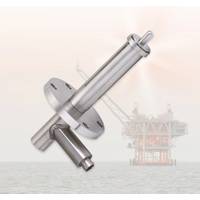
How LVDT Linear Position Sensors Survive Operation Underwater
environments, LVDT Linear Position Sensors must be housed in special alloys that support long-term operation in different elements. As a housing and core made from stainless steel will not survive well in many underwater applications, the LVDT casing must be composed of an alloy that provides chemical resistance to seawater and other corrosive acids to provide long-term reliable operations for many years. Reliability is of critically important due to the cost of replacing subsea hardware. Typically, either Inconel or Monel is used, depending upon ocean temperature and depth levels.In shallow warm
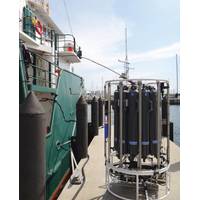
Next Generation of CTDs Smaller, Smarter and Tougher
underwater without leaking and resists the corrosion of saltwater. Additionally, the materials perform reliably in higher temperatures, up to 80°C. Xenoy Many of EXO’s polymer components are molded from Xenoy resin. Xenoy was chosen because of its strength, impact resistance, chemical resistance, and low water absorption. YSI has been using the material for several years on field products with success. Xenoy is more environmentally friendly to mold than PVC and has better epoxy adhesion properties than acetal resin. “We researched other undersea products and found that



 February 2024
February 2024





